Here’s how is it so that you’re receiving text messages on airplane mode:
The most likely reason you are getting texts while in airplane mode is that they are coming through a Wi-Fi connection.
It’s also possible that the phone isn’t actually in airplane mode or that airplane mode isn’t working correctly.
When a phone leaves airplane mode, all stored messages will come through quickly.
If you want to learn all about why you’re receiving text messages in airplane mode, then you’re in the right place.
Keep reading!
- Snapchat Airplane Mode Trick: Secretly View Snaps?
- Airplane Mode: What Happens When Someone Calls You?
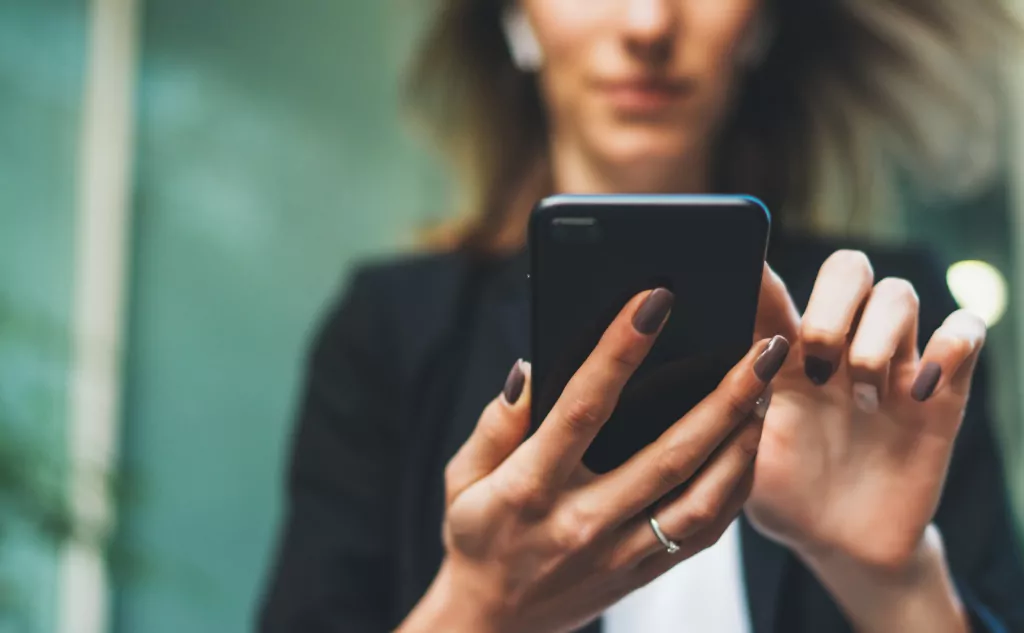
Why Are You Receiving Texts on Airplane Mode? (2 Things)
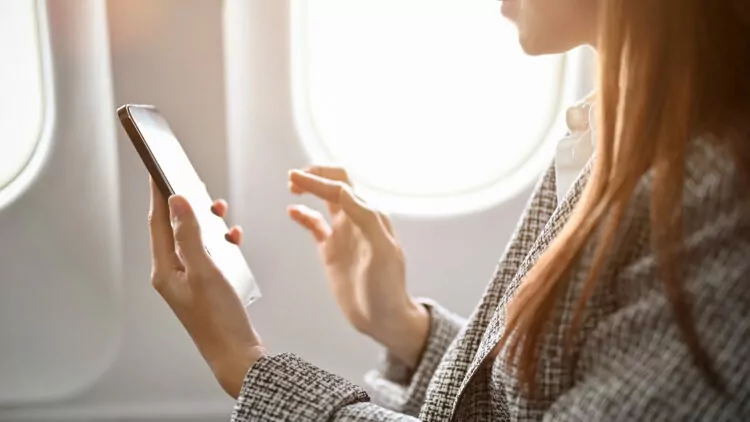
Regardless of why you have airplane mode active, it stops communication with the carrier network.
That should block all text messages, right?
Despite that, plenty of people get texts while the phone is in airplane mode.
Why is that?
There are a couple of explanations.
Sometimes, it has to do with airplane mode functionality.
Other times, it’s based on how the message is sent.
#1 Data-Only Messaging
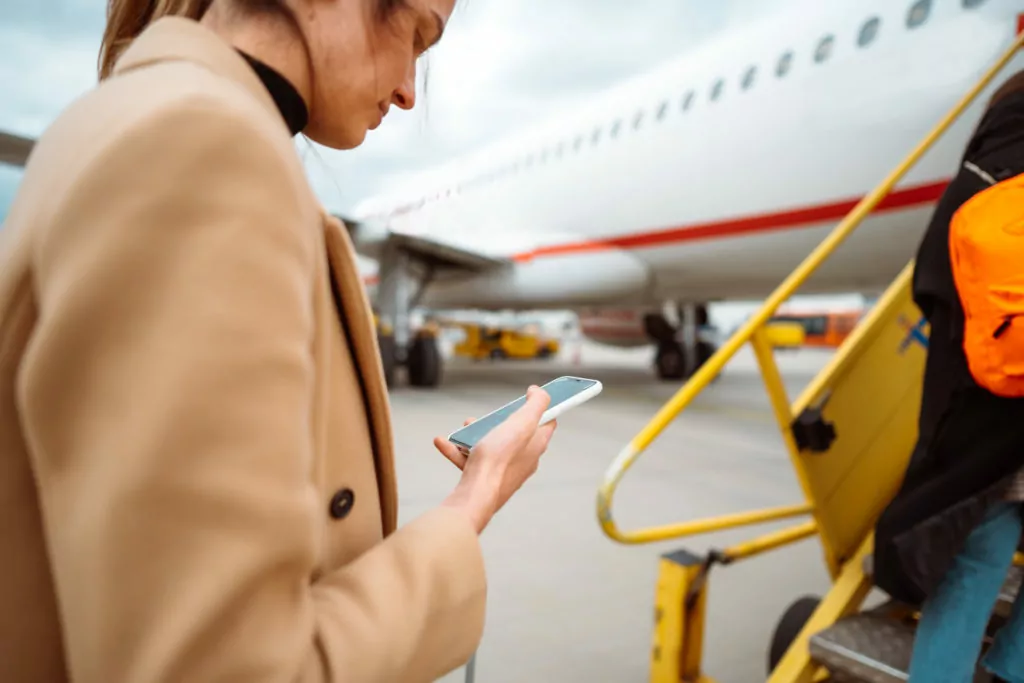
The most likely reason you are getting text messages while on airplane mode is that they are coming through an alternative form of communication.
Since Wi-Fi and Bluetooth are both active, there are plenty of ways for a text to get to your phone.
The best example is with iMessaging.
On iPhones, iMessage defaults to internet-based communication.
Whether you have airplane mode on or not, the messages are sent as data packets rather than as SMS messages.
You can tell this is happening because the text bubbles will have a blue background.
Text bubbles with a green background are SMS messages.
When airplane mode is on, SMS messages (the green ones) cannot go through.
But, blue messages will still come through just fine.
As long as your phone has internet access, any data message can reach you.
This is true for any messaging app.
If you use WhatsApp, Messenger, or countless other apps for communication, any of them can reach you on Wi-Fi even when airplane mode is active.
The trick, of course, is that your phone has to have internet access via Wi-Fi.
If it doesn’t, then this is not the explanation for why you are still receiving messages.
#2 Airplane Mode Is Off
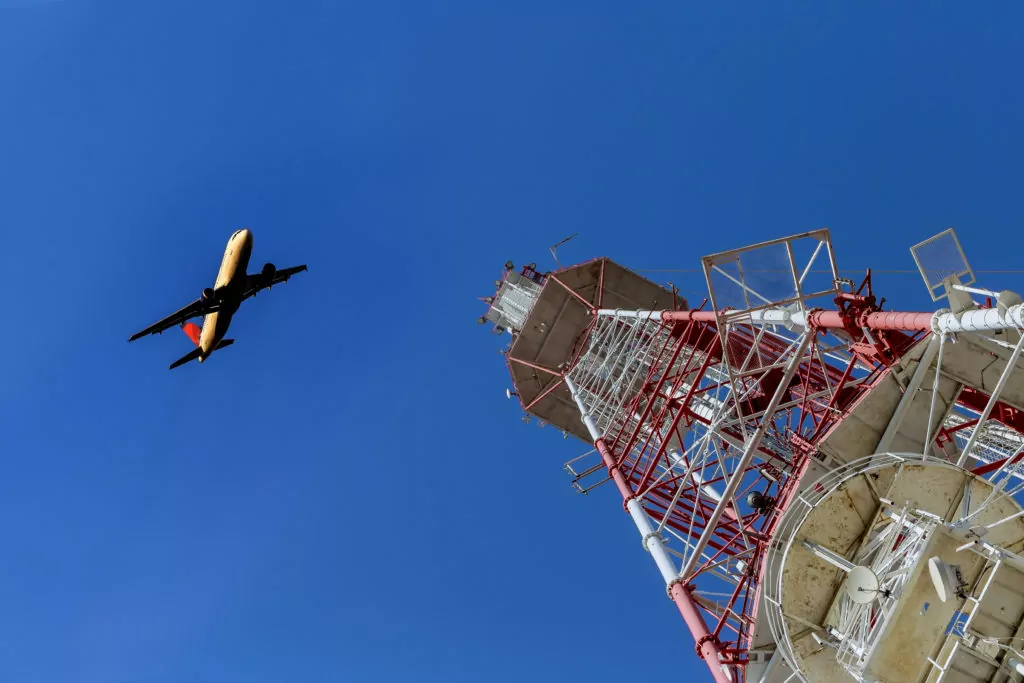
The other likely scenario is that airplane mode isn’t currently active.
There are two possibilities.
The first is that even though you tapped the option, it didn’t go through, and airplane mode never turned on.
The phone is operating the way it should. You just thought airplane mode activated, but it didn’t.
The other possibility is that the phone is displaying airplane mode, but it’s still allowing cellular communication.
This is a major malfunction, and it means the phone needs repair.
In the vast majority of cases, this is a software error, and you can likely fix it by rebuilding the operating system.
It is possible for this to be a hardware problem (although quite unlikely).
A few specific problems can prevent software functions from performing correctly.
So, the phone will try to enter airplane mode, but the hardware problem keeps it from working.
In either case, you are receiving the text message because airplane mode isn’t actually stopping transmissions.
What Is Airplane Mode?
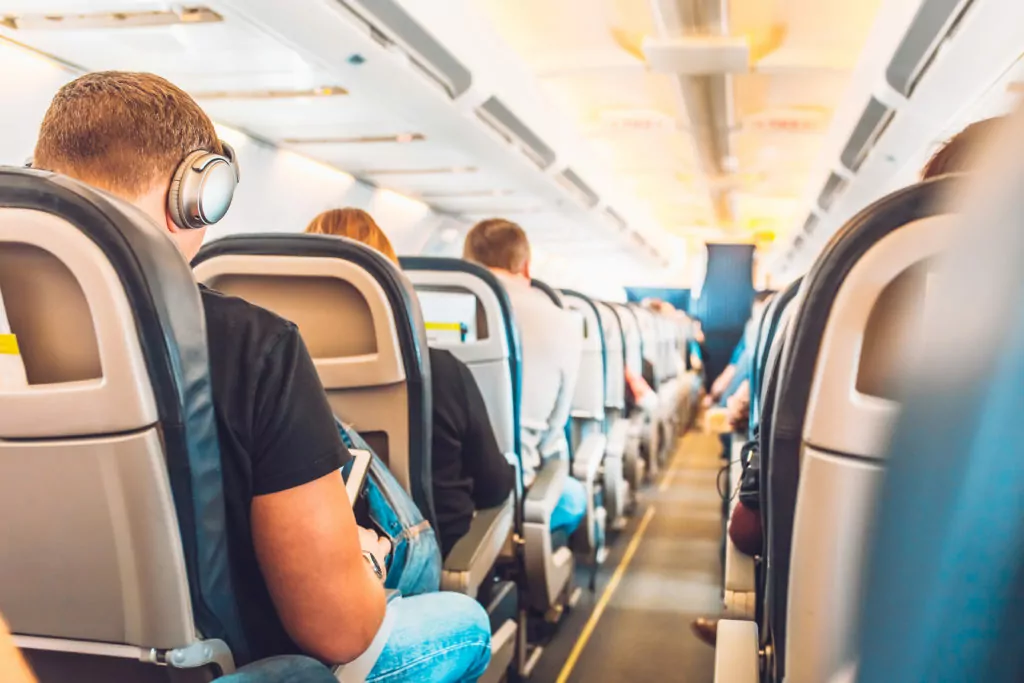
The answers to this question won’t make much sense unless we first cover what airplane mode is and what it does.
It’s a software setting that is designed to make phones compatible with FAA flight regulations.
In the process of getting to that state, a lot of things happen that make airplane mode useful for more than just sitting on an airplane.
The first thing to understand about airplane mode is that it cuts off radio communication between your phone and cell towers.
This is the primary part of what makes it compliant with regulations.
With some airplanes, radio communications from phones can interfere with communications to and from the airplane.
Airplane mode turns off the specific radio broadcasts that create this problem.
But, even while your phone can’t communicate with a cell tower, Bluetooth and Wi-Fi are left completely alone.
The interesting thing is that Bluetooth and Wi-Fi both use radio signals, yet they don’t create issues for aircraft.
With Bluetooth, this is easier to understand.
Bluetooth is designed to be a low-power, short-range communication method.
Most Bluetooth devices don’t have enough range to work from the back of an airliner to the cockpit.
Clearly, Bluetooth is too weak to create major interference issues.
But what about Wi-Fi?
It’s a considerably stronger signal, but it operates in a different part of the radio spectrum than cellular communications.
Because of that, Wi-Fi signals are easily filtered from plane communications, and there is no issue.
Ultimately, this all means that your phone can use Wi-Fi and Bluetooth while in airplane mode. But, it won’t be able to complete typical carrier calls or texts.
It can’t access the internet through the carrier, and location services are disrupted.
There are still ways to track the location of a phone in airplane mode, but it can’t be done through the carrier network.
Why Do People Use Airplane Mode? (5 Scenarios)
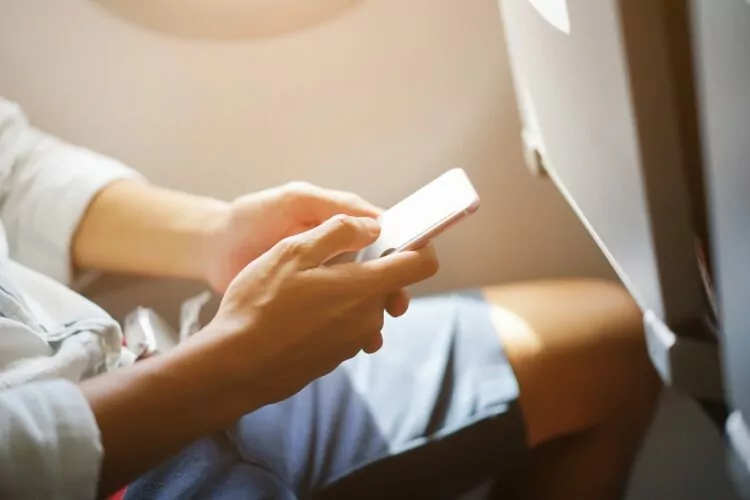
So, knowing what airplane mode specifically does, why do people use it?
There are a ton of different scenarios that can benefit from implementing airplane mode.
They can range from commercial air travel to increasing privacy to specific troubleshooting.
The biggest reason someone would use airplane mode is simply that they want to.
On top of that, the following motivations are common enough.
You might find that any of these apply to you or a situation you have been in.
They certainly apply to enough people that airplane mode is still a standard feature on all smartphones.
#1 Privacy
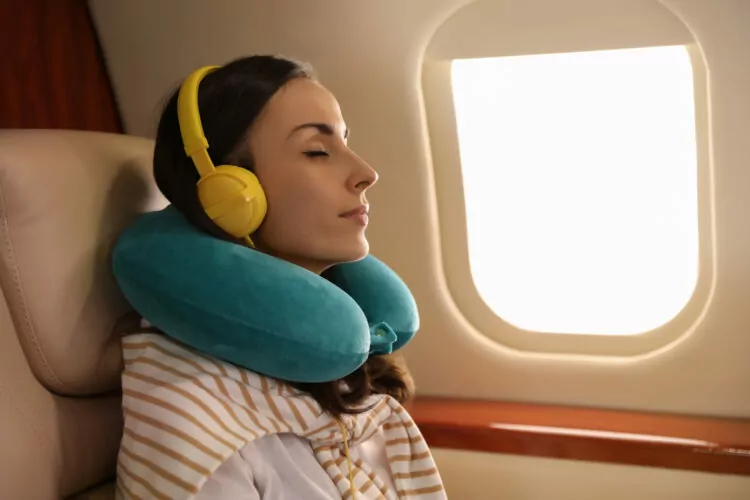
Since airplane mode restricts communications pretty severely, it can help you find a moment of privacy.
Airplane mode allows you to prevent all kinds of communications from coming through without completely turning off all access.
So, if you want certain types of emergency notifications to come through while most messaging is blocked, airplane mode can help you do that.
Additionally, airplane mode restricts location services.
If you don’t want apps or people to know where you are, this setting is very handy.
#2 Saving Battery
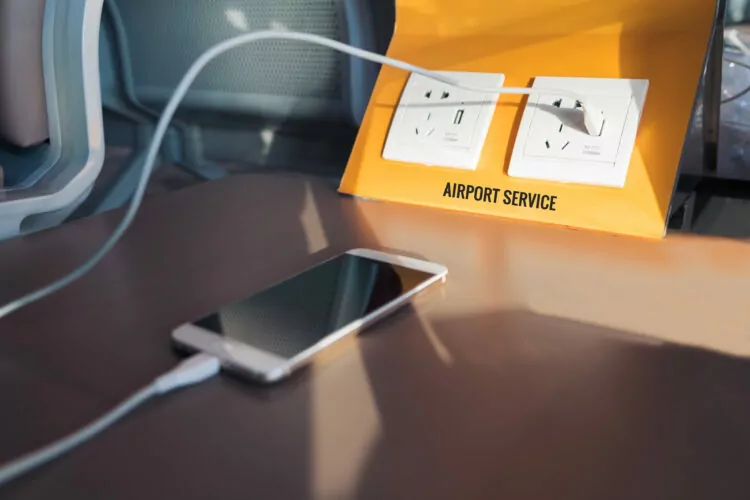
Airplane mode is one of the best ways to save battery usage.
Typically, the activity that drains the most battery on a phone is searching for and maintaining communications with cell towers.
If you are ever going to be knowingly out of range of towers, you can turn on airplane mode (such as on a remote hike or drive).
This will prevent your phone from constantly searching for a tower it can’t find, and it saves battery.
In these scenarios, leaving your phone in normal operating mode can kill the battery in hours.
Meanwhile, airplane mode can allow the battery to last for days.
Even if you aren’t out of reach of towers, airplane mode still helps you save your battery.
A phone in airplane mode that isn’t being heavily used can often stay on for two to three days between charges (depending on battery health).
#3 On an Airplane
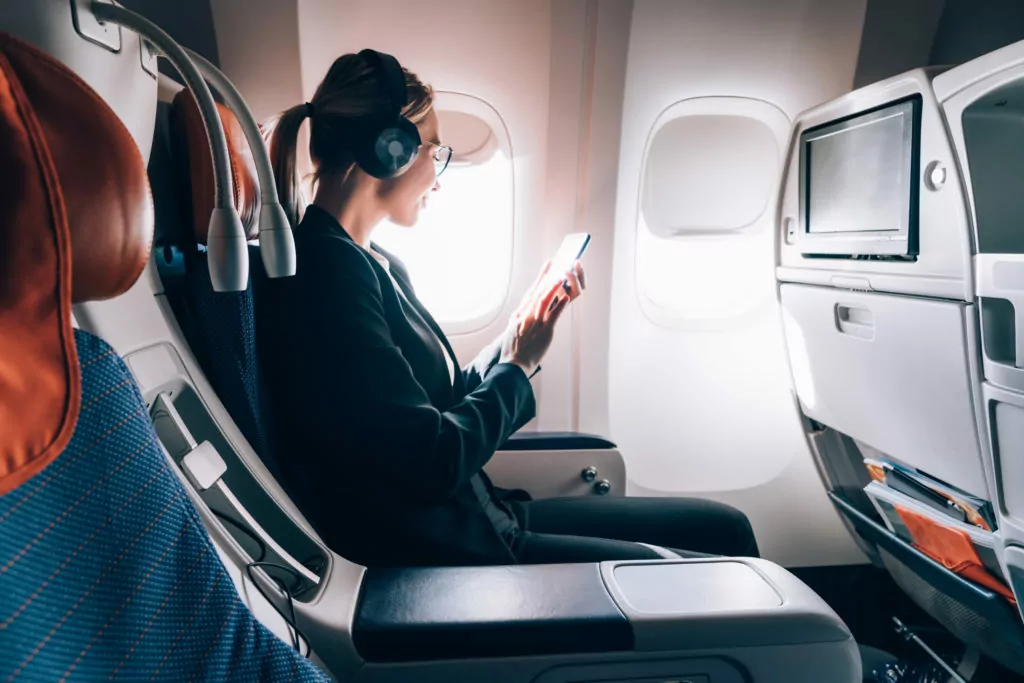
The mode really was invented for use on airplanes.
Especially where FAA regulations apply, regular cell phone usage is not permitted on a flight.
Radio communications can interfere with airplane systems, so the rule is to turn those communications off on the phone.
That’s exactly what airplane mode does.
It specifically turns off anything that could interfere with an airplane while leaving everything else alone.
If you’re on a flight and you don’t want to turn your phone off, airplane mode is your best option.
It leaves you compliant with the rules while enabling as much phone capability as possible.
It will also save a ton of battery life by preventing your phone from searching for cell towers while you are in the sky.
#4 Saving Data
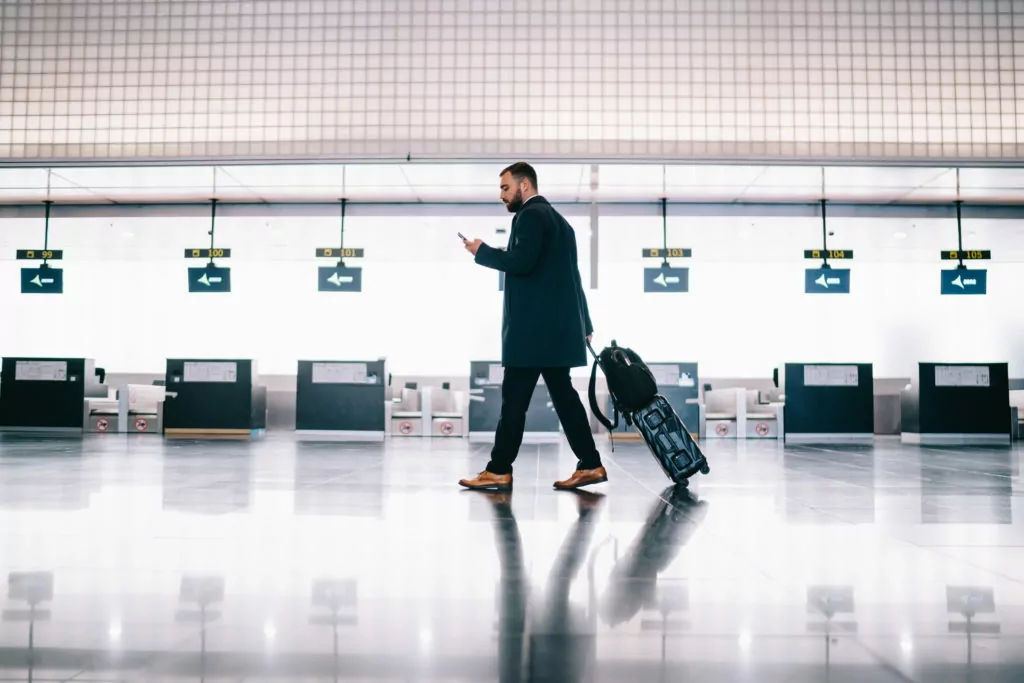
If you have a data limit on your carrier plan, airplane mode is a valuable tool.
While it is active, your phone cannot use carrier data at all.
If you’re ever worried about going over a limit, just turn on airplane mode and rely on Wi-Fi until your plan resets for the month.
You can also use airplane mode intermittently to prevent unwanted data usage.
A lot of apps transmit data in the background.
It’s a pretty normal thing to do, and if you want to limit that, airplane mode does a great job.
In fact, when you use airplane mode, you still allow apps to use background data, as long as it goes through Wi-Fi.
You get to save data on your plan while maximizing app functionality.
#5 Troubleshooting
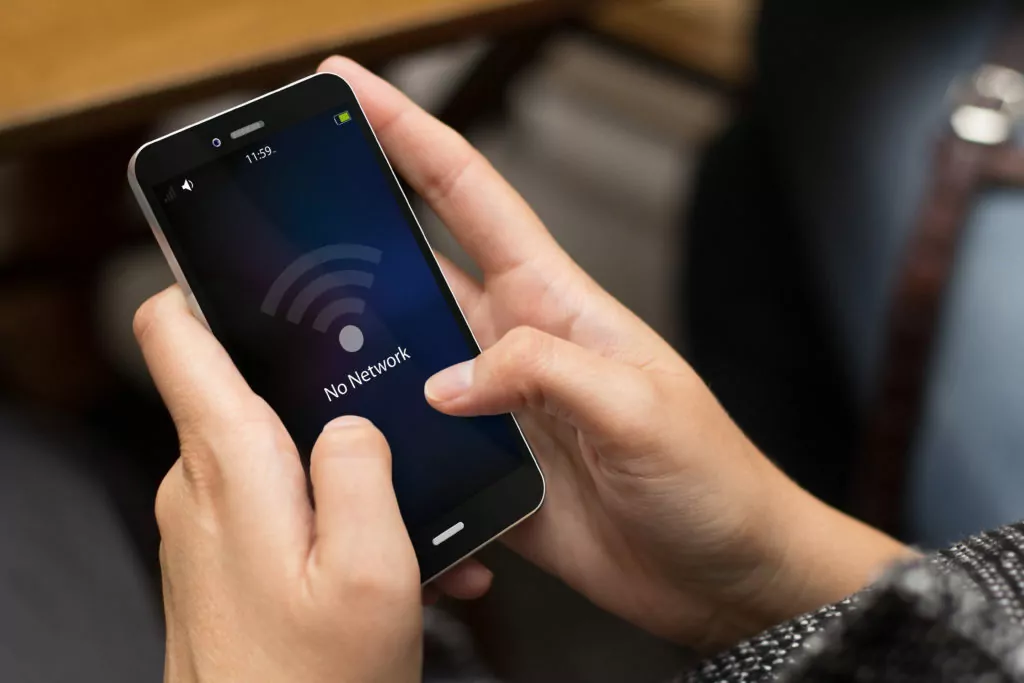
An underappreciated use of airplane mode is troubleshooting.
If your phone is having trouble connecting to the internet, airplane mode is a useful tool.
There are a lot of software-related issues that can harm data communications.
If your phone isn’t maintaining a stable connection with the carrier, you might be unable to download or upload information to and from your phone.
When you activate airplane mode, the phone deliberately pings the tower.
When you turn airplane mode off, the phone tries to re-establish its connection with the carrier network.
This forces the phone to go through all of the connection protocols, and it can resolve a lot of problems that were causing slow or no internet before.
It’s kind of like turning the phone on and off again, but it is specific to carrier connections.

